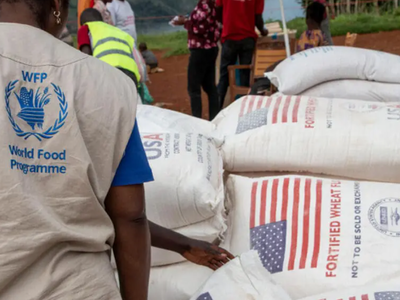Flies
It's one of the issues we would rather not have to deal with when the weather starts warming up, but especially in cattle country, the flies start hatching when the weather turns warmer.Some local dairy farmers and ranchers are introducing a feed additive for cows to keep the flies from hatching.
Mark Upton is with Central Life Sciences, and explains, too many flies are bad for cows.
With warmer weather set to bring about the spring fly season for most of the country, it is important for operators to remember the Central Life Sciences 30/30 approach to feed-through fly control. These fly control guidelines recommend starting ClariFly® Larvicide 30 days before average daily temperatures typically reach 65 degrees, and continuing it through 30 days past the first frost in fall.
The 30/30 approach helps account for the variability in weather patterns to maximize control of overwintering fly pupae. These overwintering flies will be the first to emerge once the weather warms, jumpstarting fly populations in the spring. If the spring warmup starts earlier than you anticipated, you could find yourself behind schedule right from the start of your fly control program. By beginning ClariFly® Larvicide 30 days before spring weather hits, you can significantly limit fly infestations at the start of the season, allowing for more effective control throughout the peak summer season and into fall.
No tool or tactic can completely eliminate flies on livestock, but by incorporating a livestock feed-through into your comprehensive integrated pest management (IPM) program and knowing when to begin fly control efforts, you can maximize control of flies all year long.













